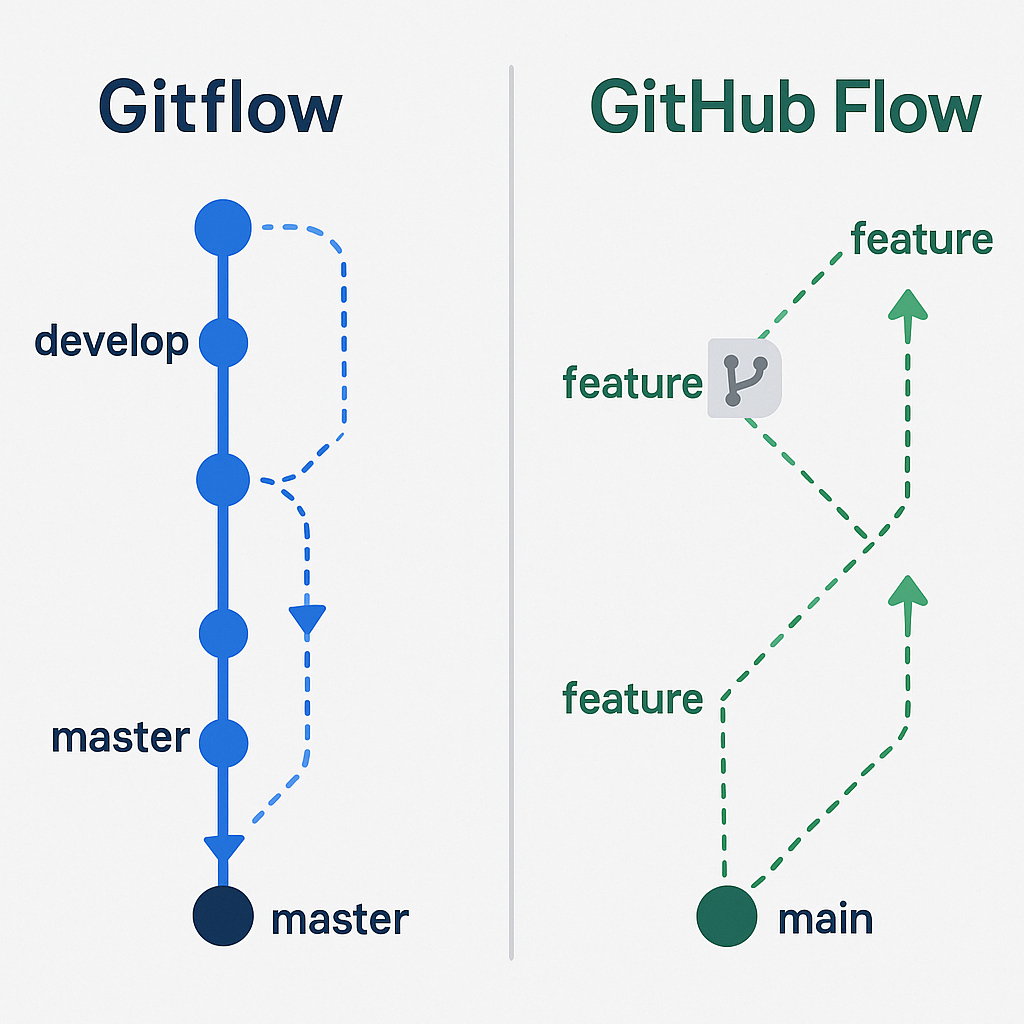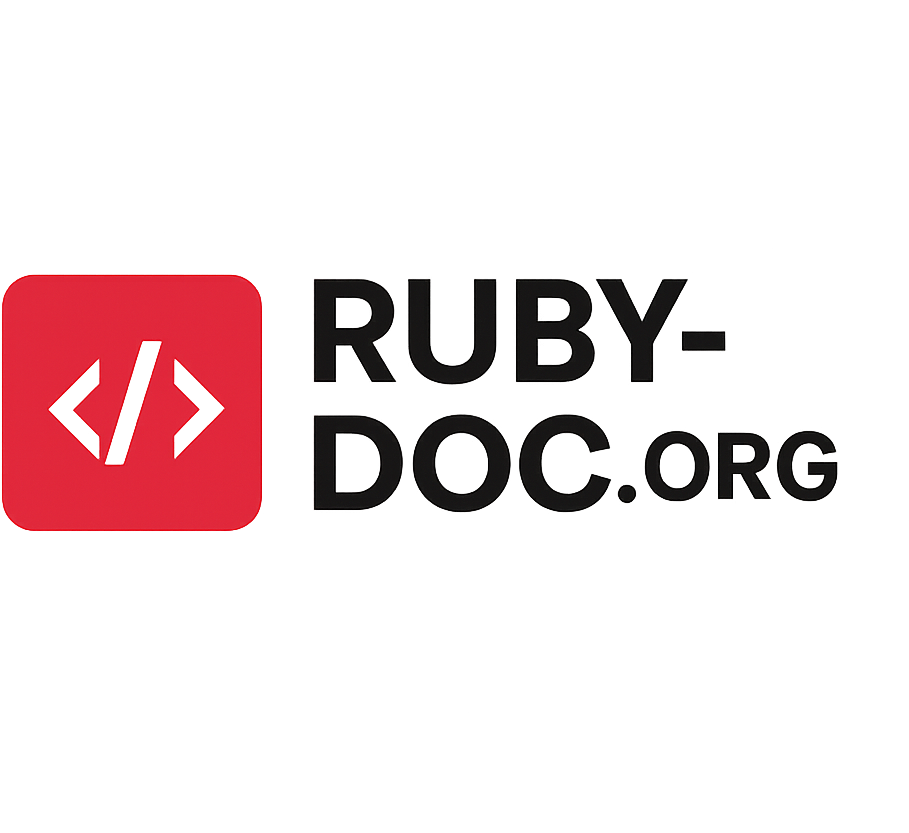
In modern software development, using version control effectively is crucial for managing codebases, collaboration, and continuous integration. Two popular branching workflows have emerged to help teams structure their Git repositories: Gitflow and GitHub Flow. Both provide frameworks for managing feature development, releases, and bug fixes but differ significantly in complexity, flexibility, and ideal use cases. In this article, we will provide an in-depth comparison of Gitflow vs GitHub Flow, exploring their concepts, workflows, advantages, disadvantages, and recommendations for when to use each.
What is Gitflow?
Gitflow is a robust branching model introduced by Vincent Driessen in 2010. It defines a strict branching strategy designed for projects with scheduled releases and complex deployment cycles.
Core Concepts of Gitflow
- Main branches:
master(ormain): Represents production-ready code.develop: Serves as an integration branch for features; the next release candidate.
- Supporting branches:
- Feature branches: Branch off from
developfor new features or improvements. - Release branches: Branch off from
developto prepare a new production release. - Hotfix branches: Branch off from
masterto quickly patch production issues.
- Feature branches: Branch off from
Typical Gitflow Workflow
- Developers create feature branches off
developfor individual tasks. - When features are complete, they are merged back into
develop. - When ready for a release, a release branch is created from
developfor final testing, bug fixes, and preparation. - Once the release is stable, the release branch is merged into both
masteranddevelop. - Any production bugs post-release are fixed using hotfix branches, which are merged into
masteranddevelop.
Advantages of Gitflow
- Clear separation of concerns: Different branches handle features, releases, and hotfixes.
- Support for scheduled releases: Helps teams with defined release cycles.
- Parallel development: Enables multiple features and fixes to proceed without conflicts.
- Explicit versioning: Releases are clearly tagged in
master.
Disadvantages of Gitflow
- Complexity: Many branches and merges can become overwhelming, especially for small teams.
- Slower release cycle: The process encourages batching features into larger releases, less ideal for continuous deployment.
- Merge overhead: Multiple merges between branches can increase conflicts and require more coordination.
What is GitHub Flow?
GitHub Flow is a simpler, lightweight branching model popularized by GitHub. It is designed for continuous integration and continuous deployment (read more), favoring rapid development and frequent production releases, says Dev.to.
Core Concepts of GitHub Flow
- Main branch: Usually
mainormaster, representing always-deployable production code. - Feature branches: Short-lived branches created off the main branch for each new feature or fix.
- Pull requests (PRs): Used to review and discuss changes before merging into the main branch.
Typical GitHub Flow Workflow
- Developers create a feature branch from the
mainbranch. - Developers push changes to the feature branch and open a pull request for review.
- Team members review, discuss, and test the code via CI pipelines.
- Once approved, the feature branch is merged into
main. - The merged code is immediately deployed or ready for deployment.
Advantages of GitHub Flow
- Simplicity: Minimal branching, easy to understand and implement.
- Fast releases: Encourages frequent integration and deployment.
- Continuous deployment friendly: Keeps production code always releasable.
- Strong code review process: Pull requests centralize feedback and collaboration.
Disadvantages of GitHub Flow
- Less structure for complex projects: No dedicated release or hotfix branches.
- Potential instability if not disciplined: Since all changes go into main, testing and review rigor is crucial.
- Not ideal for scheduled releases: Less suited for projects that batch releases or require lengthy testing cycles.
Gitflow vs GitHub Flow: Side-by-Side Comparison
| Aspect | Gitflow | GitHub Flow |
|---|---|---|
| Branch Types | Multiple (master, develop, feature, release, hotfix) | Two main branches (main + feature branches) |
| Release Model | Scheduled, with dedicated release branches | Continuous, with deployments after merges |
| Complexity | High, involves many branches and merges | Low, simple branching and merging |
| Best For | Larger projects with formal release cycles | Agile teams practicing continuous deployment |
| Merge Frequency | Merges happen between multiple branches | Merges happen mainly into main via PRs |
| Testing Approach | Testing mostly on release branches | Automated CI tests on feature branches and PRs |
| Hotfixes | Separate hotfix branches for urgent fixes | Hotfixes made via feature branches directly off main |
| Risk of Production Instability | Lower due to staging on release branches | Higher if PR reviews and testing are weak |
| Tooling Support | Supported by many Git tools and GUIs | Natively integrated with GitHub PR system |
When to Choose Gitflow
- Your project has formal release cycles (e.g., quarterly releases).
- Your team requires strict control over releases with staging and QA phases.
- You have multiple developers working on many features simultaneously.
- You need to manage hotfixes and patches separately without disrupting ongoing development.
- Your deployment process is not fully automated or continuous.
When to Choose GitHub Flow
- Your team practices continuous integration and continuous deployment (CI/CD).
- You want to release frequently and rapidly with minimal overhead.
- Your project is smaller or medium-sized and values simplicity.
- You prefer pull requests and code reviews as your main quality gate.
- You have automation and tests that ensure code quality before merging to
main.
Can Gitflow and GitHub Flow Coexist?
In some cases, teams combine aspects of both workflows. For example, using GitHub Flow for daily feature development and pull requests, but adopting Gitflow-like release branches for preparing major releases. Hybrid approaches can offer flexibility but add complexity.
Conclusion
Both Gitflow and GitHub Flow offer valuable branching strategies tailored to different team sizes, project types, and release cadences.
- Gitflow shines in structured environments needing strict release control, parallel development, and hotfix management.
- GitHub Flow excels in agile teams prioritizing rapid iteration, continuous delivery, and streamlined collaboration.
Understanding your project requirements, team workflow, and deployment strategy is key to selecting between Gitflow vs GitHub Flow. Whichever you choose, maintaining good communication, solid testing practices, and clear branching policies will ensure your version control workflow enhances productivity rather than complicates it.
Read our Gitlab vs Github comparison article too!
